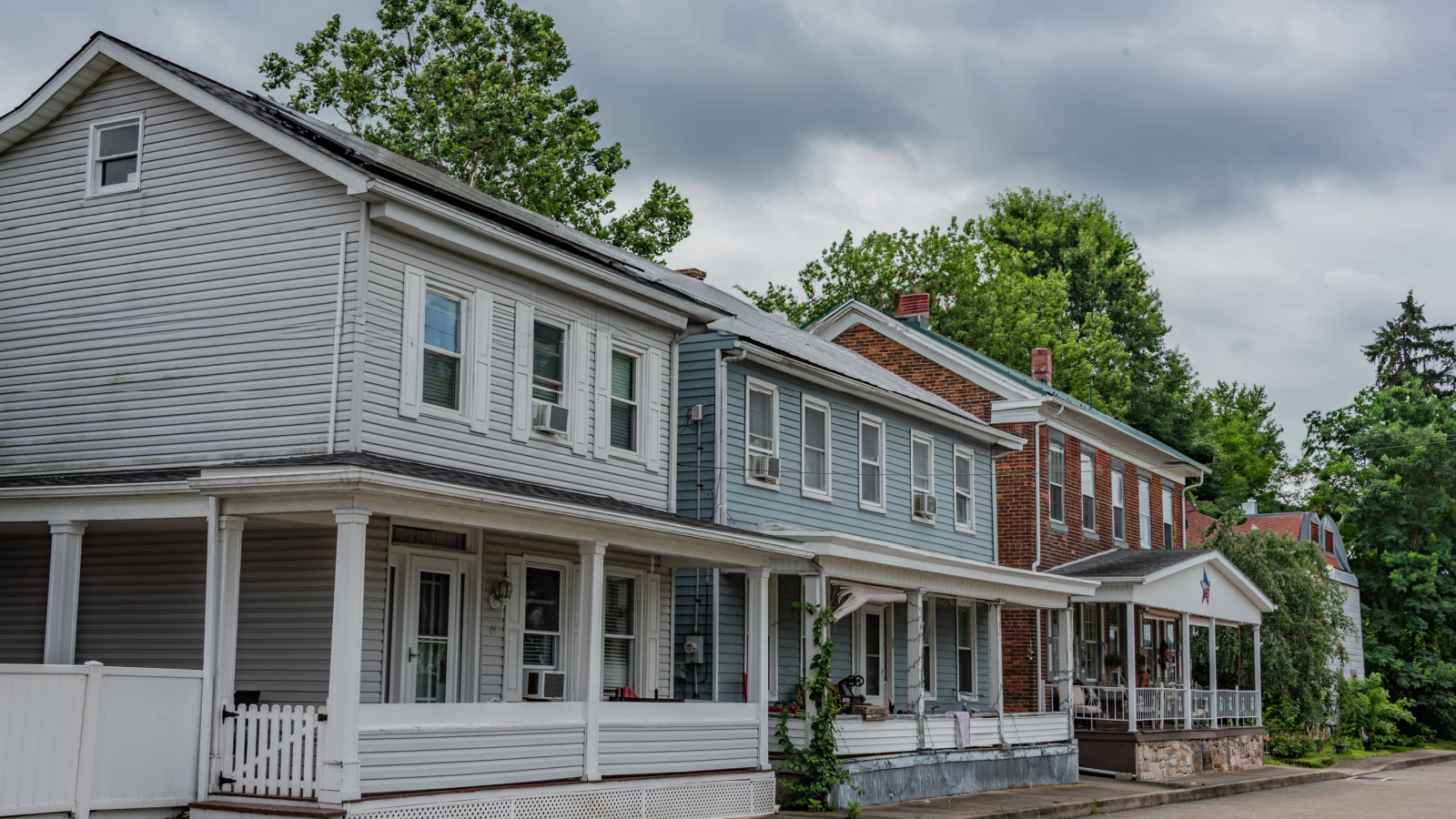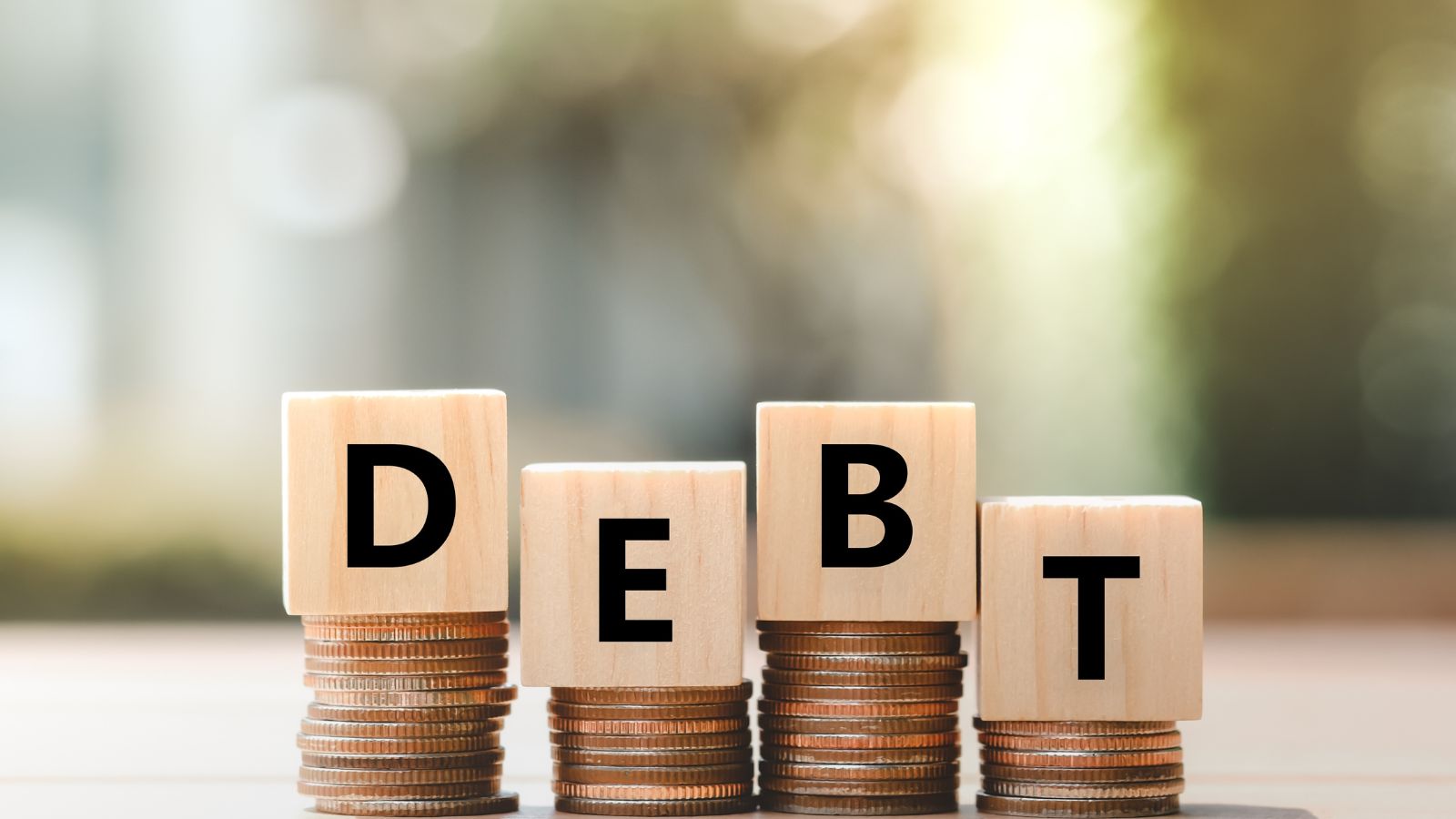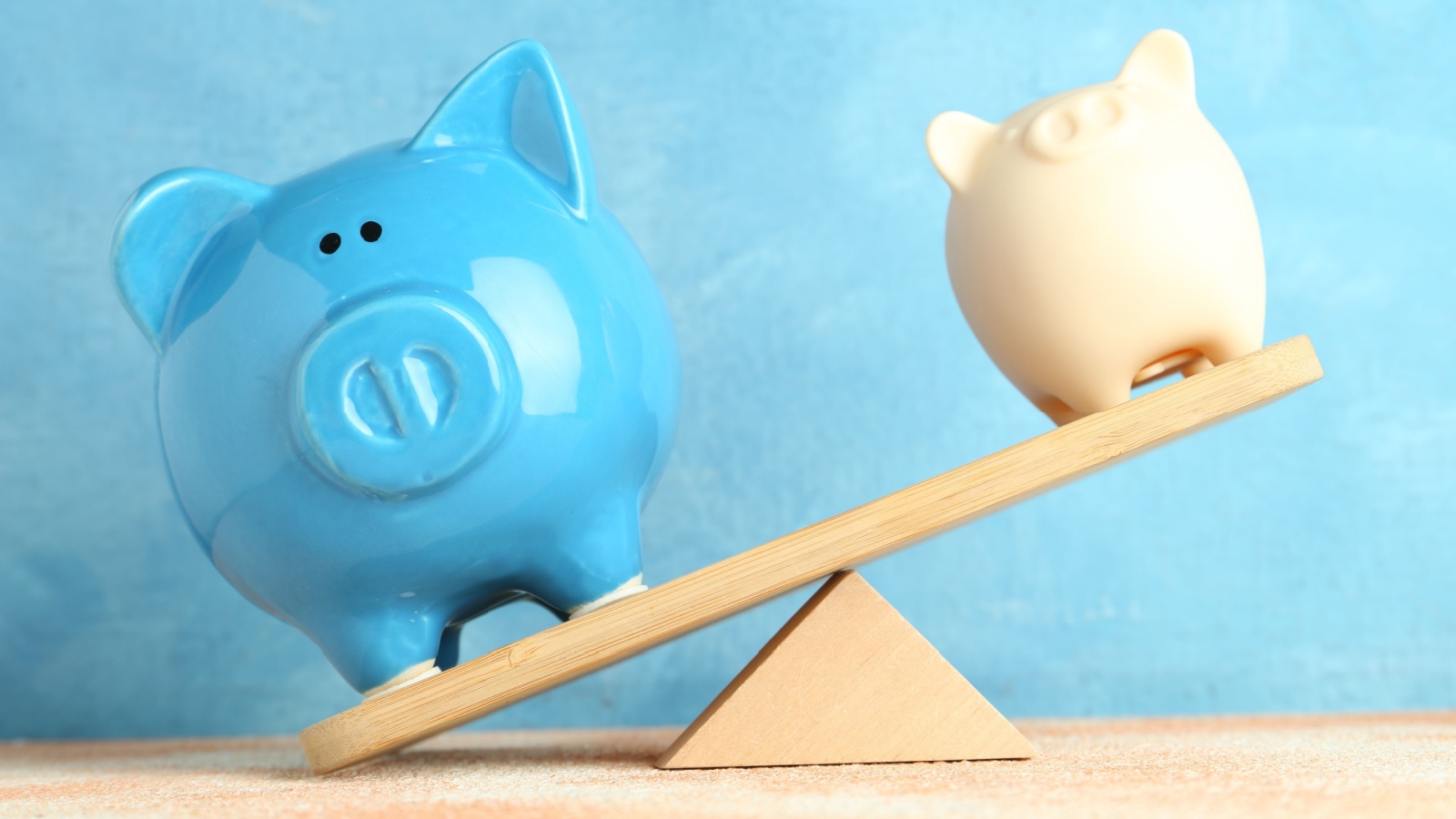When people think of being “wealthy” in Canada, they often picture sprawling mansions in Toronto, ski chalets in Whistler, or a cottage with a boat in Muskoka. But the truth is more complicated than those glossy images. The threshold for being considered rich depends on where you live, how you spend, and what kind of financial security you expect. Statistics tell one story, lived experiences tell another. Here are 16 points that tell the truth about Canada’s wealthy.
Median Income vs. Wealth Thresholds

The median after-tax household income in Canada is roughly CA$70,000. That means half of households live on less than that. To be in the top 10% of earners, you generally need a household income above CA$200,000. Being “wealthy” is usually reserved for the top 1%, where annual incomes often exceed CA$500,000. Comparing these numbers shows that many Canadians who feel comfortable financially are far from what’s technically defined as wealthy. The gap between median earners and the true upper-income group highlights how rare real wealth actually is.
Regional Differences in Wealth

A six-figure salary in rural Manitoba goes much further than the same income in Vancouver or Toronto. In smaller communities, housing, food, and transportation costs are significantly lower, so a household income of CA$120,000 can provide a very comfortable lifestyle. In contrast, in Toronto or Vancouver, that same amount may barely cover mortgage payments, daycare, and basic expenses. This makes “wealth” a relative term; someone rich in Saskatoon might feel middle class in the GTA. Regional cost-of-living differences shape how Canadians perceive and experience wealth.
Housing as the Wealth Marker

In Canada, homeownership is often equated with wealth. But with average home prices exceeding CA$720,000 nationally, and over CA$1.2 million in Greater Toronto and Vancouver, ownership itself can create a misleading picture. Many people with million-dollar homes are cash-poor and burdened with huge mortgages. Meanwhile, those renting with significant investments might be far more financially secure. The obsession with home equity has distorted the definition of wealth, making property value the most common, yet unreliable, benchmark. True wealth isn’t just about owning a house; it’s about financial freedom.
Net Worth vs. Income

A high income doesn’t always equal wealth. Someone earning CA$250,000 a year but living paycheck-to-paycheck with heavy debt may be less financially secure than a retired teacher with a paid-off home and a CA$1 million investment portfolio. Net worth, your assets minus liabilities, is a clearer measure of wealth than income. In Canada, the average net worth of the top 10% is around CA$2 million, while the bottom 40% holds under CA$200,000. This stark divide illustrates that income is only part of the wealth equation.
The Role of Real Estate Appreciation

A large portion of Canadian wealth exists on paper, thanks to skyrocketing home prices over the past two decades. Families who bought in the 1990s or early 2000s now sit on properties worth several times their original purchase price. Many wouldn’t have considered themselves wealthy when they bought, but today their net worth looks impressive. However, this “house-rich, cash-poor” situation can create liquidity problems. Selling may unlock wealth, but downsizing or relocating is often required. It highlights how much Canadian wealth depends on real estate trends rather than liquid assets.
Retirement Savings as a Benchmark

Financial security in Canada is often tied to retirement readiness. Experts suggest individuals need 70% of their pre-retirement income to maintain their lifestyle. Yet most households fall short. A 2024 survey found nearly half of Canadians aged 55–64 have less than CA$250,000 in retirement savings, far below the CA$1 million often recommended. By this measure, wealth means being able to retire comfortably without fear of outliving your savings. Having enough invested in RRSPs, TFSAs, and pensions separates the financially stable from the truly wealthy.
The Illusion of Income Wealth

Many Canadians earning six figures don’t feel rich. High taxes, housing costs, and daycare fees eat into take-home pay, especially in large cities. For example, a household earning CA$180,000 in Toronto may spend half on housing and childcare, leaving little margin for savings or luxuries. Contrast that with a family in Regina on the same income, and they’ll likely have far more disposable income. Wealth isn’t just about what comes in but what’s left after essentials. The illusion of wealth based on income alone hides the real financial pressures families face.
Wealth and Debt Levels

Household debt in Canada is among the highest in the G7, with the average household owing CA$1.85 for every CA$1 of disposable income. Mortgages, student loans, and credit card balances weigh heavily, even on higher earners. A person with a luxury car, a large home, and a high income may appear wealthy but could be drowning in debt obligations. On the flip side, someone with modest earnings but no debt may enjoy more financial freedom. True wealth often comes down to the balance between assets and liabilities.
Defining Luxury in Lifestyle

Some Canadians define wealth not by numbers but by lifestyle markers—private school tuition, exotic vacations, second homes, or expensive hobbies like skiing and yachting. These lifestyle choices are often what separates the affluent from the middle class. However, the line is blurry: a family with a CA$200,000 income might afford some luxuries but may not sustain them long-term without trade-offs. Wealth, in this sense, isn’t about ownership of assets but about the ability to spend freely without financial stress. That freedom itself is the hallmark of affluence.
The Role of Investments

Investments are often the silent driver of wealth. Canadians with diversified portfolios in stocks, bonds, and private businesses can build wealth far beyond salary alone. While RRSPs and TFSAs are common vehicles, wealthier Canadians often hold shares in private companies, investment properties, or international markets. These assets grow independently of work, creating compounding wealth. Having significant investments changes the picture entirely; it means wealth isn’t dependent on labour but on ownership. The ability to live off returns, rather than salary, is often the true line of demarcation.
Intergenerational Wealth Transfer

Inheritance and family support play a bigger role than many admit. Roughly 70% of Canadian wealth is expected to be transferred between generations by 2035. Young professionals in Toronto who receive down-payment help from parents are positioned to build wealth much faster than their peers without support. This makes “wealth” as much about timing and family background as personal effort. While some climb slowly through saving and investing, others leap ahead through inheritance. The rising importance of family wealth transfer shows how uneven wealth accumulation really is.
Taxes and the Wealth Illusion

Canada’s progressive tax system means higher earners contribute a disproportionate share of revenue. Someone making CA$250,000 may only take home about CA$150,000 after federal and provincial taxes. Add property taxes, HST, and payroll deductions, and disposable income shrinks further. Many who appear wealthy on paper feel the pinch in practice. Taxes are necessary for services like healthcare and infrastructure, but they also blur the perception of wealth. A gross income that looks impressive doesn’t translate into as much freedom as outsiders might assume.
Wealth Inequality Gaps

The top 1% of Canadians hold nearly 25% of the nation’s wealth, while the bottom 40% share less than 2%. This stark inequality means that while some households worry about how to afford groceries, others debate where to buy their next investment property. Discussions about “being wealthy” often gloss over these divides. For many, wealth isn’t about luxury; it’s about financial security. The unequal distribution makes wealth feel concentrated in small pockets of the population, further complicating the definition of what it means to be rich.
The Psychological Factor

Perception often matters as much as financial reality. Surveys show many Canadians believe they need at least CA$1 million in assets to feel wealthy, but most still don’t feel rich even after reaching that milestone. Comparisons with peers, rising costs of living, and lifestyle inflation all affect how people define wealth. Someone with CA$800,000 in net worth may feel poor among multimillionaire neighbors but secure compared to the average household. Wealth, then, isn’t just numbers; it’s an emotional benchmark shaped by expectations and comparisons.
Cultural and Social Definitions

In Canadian culture, wealth is not flaunted as openly as in some countries. There’s a tendency toward modesty, which means many affluent individuals downplay their status. Social circles also matter: being wealthy among academics may mean something very different than being wealthy in Bay Street finance circles. These social and cultural definitions blur the lines of who counts as rich. For some, it’s about comfort and security; for others, it’s about status and recognition. Wealth, therefore, is as much a social label as a financial reality.
Global Comparisons of Wealth

When viewed globally, Canadian wealth levels look high. A household income of CA$150,000 places a family among the top 1% worldwide. However, within Canada’s own borders, that income is far from the upper echelon in major cities. This shows how relative the concept of wealth is. Globally, many Canadians are wealthy by default, but within their own society, the rising costs of housing, education, and healthcare expectations keep the bar higher. Global comparison highlights how definitions shift depending on context and perspective.
21 Products Canadians Should Stockpile Before Tariffs Hit

If trade tensions escalate between Canada and the U.S., everyday essentials can suddenly disappear or skyrocket in price. Products like pantry basics and tech must-haves that depend on are deeply tied to cross-border supply chains and are likely to face various kinds of disruptions
21 Products Canadians Should Stockpile Before Tariffs Hit
